|
Everyone who frequently flies in and out of Schiphol will be familiar with the infamous runway 18R/36L.
Opened in 2003, the runway is located a whopping 3 miles (4.5 km) from the terminal area and it can take 20 minutes or more to taxi from the runway to the gate! Some people refer to it as a planning blunder, but is it? In today's post, I will argue that the runway's remote location was actually well considered.
THE 'ENVIRONMENTAL RUNWAY'?
So, why was the runway so far away from the airport? In the early 1990s, when the project was going through the public consultation phase, the runway was pitched to the public as the "environmental runway". Supposedly, its location was optimized so that departure and arrival routes would avoid overflying built-up areas as much as possible, explaining its eccentric location. However, the runway first appeared in planning documents in 1967, when there was a lot less urban development around the airport and when jet noise was much less of an issue.
A SECOND TERMINAL COMPLEX?
The real reason was to secure land for future development, lots of land! By building the runway at its current location, a huge tract of empty farmland between the airport and the new runway effectively came under control of the airport, creating the possibility to develop new passenger handling facilities in the far future. Indeed, hidden deep inside the planning documents was a single sentence referring to the development of a "second terminal complex" in the space between the airport and the new remote runway. With that realized, the runway's location would suddenly be quite practical, wouldn't it?
Did you know?
Runway 18R/36L is named "Polderbaan" or "Polder Runway." The word "polder" refers to the typical Dutch phenomenon of dry- pumped lake beds, on which Schiphol is built.
Indeed, hidden deep inside the planning documents was a single sentence referring to the development of a "second terminal complex" in the space between the airport and the new remote runway. With that realized, the runway's location would suddenly be quite practical, wouldn't it?
No concept for this second terminal complex was ever developed. However, artist's impressions of the expanded Schiphol did show a number of satellite buildings, connected to the existing terminal by means of an automated people mover (APM).
Want more stunning airport photos & stories?
Sign up to our newsletter below to know when new content goes online.
CHANGE OF PLAN
Over the years the thinking about Schiphol's long-term evolution has changed. More recent plans envisage a second terminal building north of the current terminal complex, rather than northwest. This location would optimize connections to the existing terminal as well as existing road and rail connections. For the huge area in between runways 18R/36L and 18C/36C, planners have come up with the idea to construct yet another runway, which would provide Schiphol with four parallel north-south runways. This would still not preclude the development of satellite buildings at some point in the future.
AN UNCERTAIN FUTURE
Currently, Schiphol can still accommodate growth within the current runway system and terminal area. A new Pier A will open in 2023, raising the capacity with 14 million annual passengers to a total of 78 million annual passengers. An adjoining terminal will be built later on if and when demand bounces back. With almost 500,000 aircraft movements in 2019, growth at Schiphol has hit a political ceiling. Currently, a debate is ongoing on if and how to accommodate growth in the long term. The Dutch government as well as the general public traditionally have taken a pro-growth stance. However, with addressing climate change becoming an ever more urgent priority, the outcome of the discussion is currently uncertain. One thing is certain however; if the government does decide to allow further growth, plans are ready to accommodate it! What are your thoughts on Schiphol's Polderbaan and the airport's long-term development? Let us know in the comments below!
Want more stunning airport photos & stories?
Sign up to our newsletter below to know when new content goes online.
5 Comments
THANK YOU FOR YOUR SUPPORT! One year ago today, we launched www.AirportHistory.org! The response to the site has been overwhelming. I’m proud to say that to date 60,000 people have visited the site since it launch! In addition, we have received numerous e-mails of support and enthusiasm from around the world. A LONG TAKEOFF RUN This website has been a long time coming. I have been fascinated with airports since I was four years old after taking a flight from Amsterdam to Atlanta in the summer of 1981. I remember the impressive terminal buildings, the beautifully dressed people and airport advertisements...all the colors of the runway and taxiway lights. I was mesmerized by it all. After returning home, I started drawing airport layouts like crazy. Every few weeks I rented the movie “Airport” and watched it ten times in a row! In 1985, I bought my first book on airports: Major Airports of the World, written by Roy Allen. It's still my favorite book. I own 20 copies from different editions and languages! A few years later I started collecting airport books, reports, brochures and photos, sending letters--and the first faxes--to airports around the world. This was the start of what would become one of the world's most prolific airport photo collections. THE BIRTH OF AIRPORTHISTORY.ORG Over the years, the idea surfaced to put my archive out there for people to enjoy. For a long time I felt that the interesting and colorful history of the world's airports had been hopelessly neglected, first and foremost by airports themselves, which often only had a small web page with bullet some points and a few grainy photos. I decided to correct things myself. On July 1st, 2013, I registered the domain name www.airporthistory.org, after which I started a new round of collecting, this time being able to leverage my professional network. THE MISSION With AirportHistory.org, we aim to create a central resource about the development history of the world's great airports. The emphasis is on showing captivating and rare images that show how airports have evolved through the decades. The photo collections are accompanied by an accessible historical narrative focusing on providing interesting facts and stories about a given airport. The focus is on infrastructure and architecture and how each airport tried to keep pace with ever-growing traffic as well as paradigm changes like the advent of the wide-body aircraft or the hub-and-spoke system. Naturally, we have a fondness for the period 1960-1975, when exciting experiments in airport design took place. Airport planners and architects in that era couldn't fathom the future growth of air travel to what it is today, the rate of growth and changes to come. The airports they built, although innovative for the time (e.g. DFW, JFK, CDG, FRA, etc.), quickly proved to be either too small or unsuitable for today's large-scale modern operations. Once considered visionary, some of these legendary airports are now among the most despised among the traveling public. WHAT’S AHEAD? We have many exciting developments coming. As of now you can look forward to regular content coming out. We will continue our very popular series on airports such as New York Kennedy and Paris de Gaulle. At the same time, we'll be starting series on airports such Boston, Chicago O'Hare, Miami, Rio de Janeiro, Amsterdam, Frankfurt, the London airports, Dubai, Singapore Paya Lebar & Changi, Tokyo Narita, Melbourne and Sydney. We will release never-seen-before photos of great airports that are not with us anymore, such as Denver Stapleton, Oslo Fornebu, and yes, of course, Hong Kong Kai Tak! And of course, we plan more stories about never-built airports and never-built expansion projects at existing airports. Lastly, we’re planning many new photo specials as well as special themes, such as the evolution of airport shopping and eating as well as the history of airport lounges. We are also preparing to open a web shop, where we will offer you the opportunity to own digital copies of fantastic vintage airport brochures, reports and photos. For the longer term, we’re planning a series of high quality coffee table books on the history of the world’s great airports featuring many additional photos not seen on this website. Do you want to stay posted on all of these developments? Make sure you sign up to our newsletter below, or follow us on social media! Welcome to "The Blue Concourse", the AirportHistory.org blog! Many airport and aviation aficionados will recognize this name from the 1970 movie "Airport", the movie which ignited my fascination for airports!
"Airport" was set at a fictional Chicago airport called "Lincoln International Airport" but was actually shot at Minneapolis St. Paul Airport in 1969. Until the year 2000, the terminal's concourses at MSP were labeled according to colors rather than letters. Considering our house color blue, we thought it might be a suitable name! In this blog, we will post small articles, factoids and more covering topics such as: never-built projects or concepts; current airport projects; fascinating airport statistics; and interesting tidbits about my hometown airport of Schiphol (see first post). The blog will also be a bit more lighthearted and personal than our airport histories. Welcome and stay tuned! |
With a title inspired by the setting of the iconic 70s film "Airport", this blog is the ultimate destination for airport history fans.
Categories
All
About me
Marnix (Max) Groot Founder of AirportHistory.org. Max is an airport development expert and historian. |

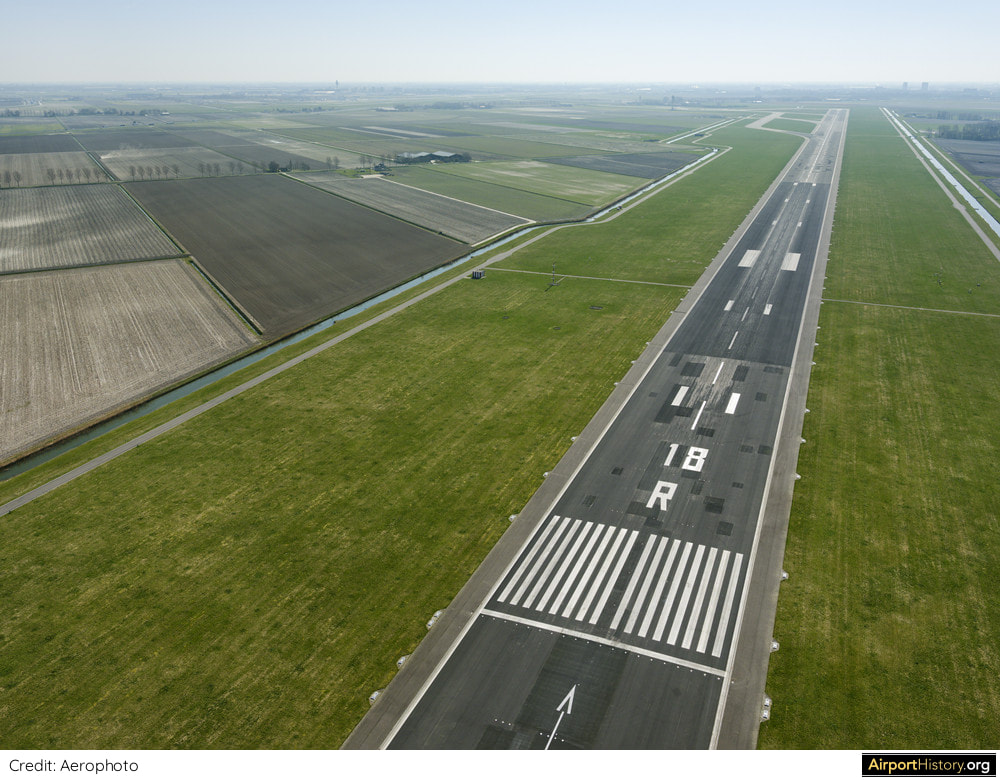
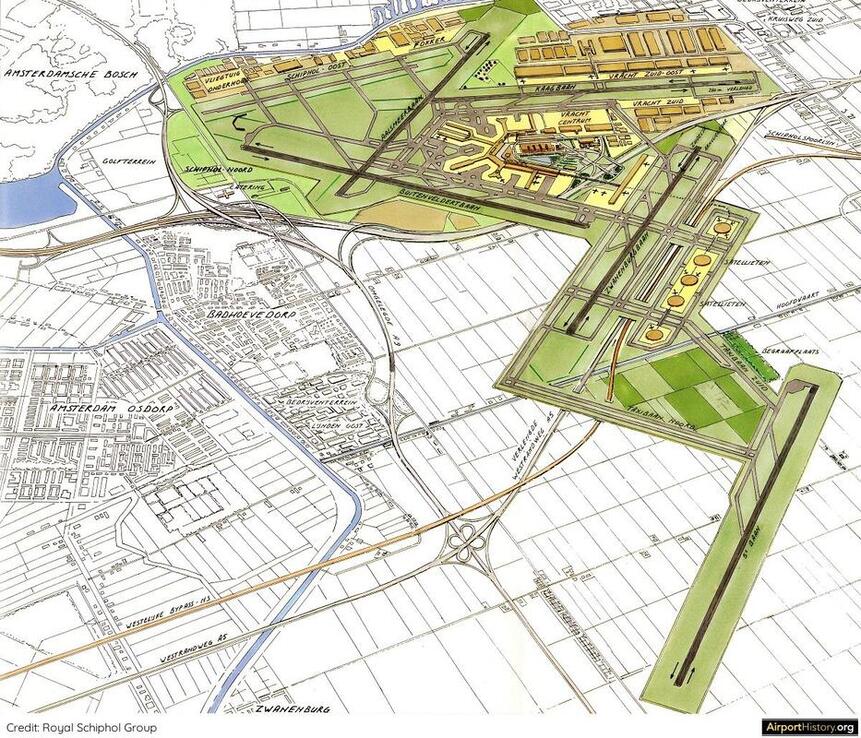
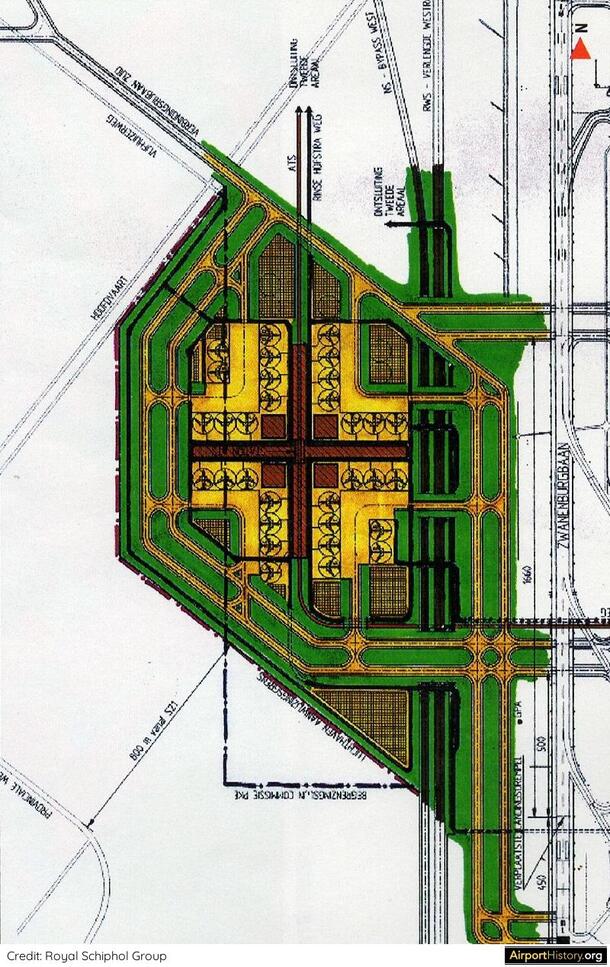
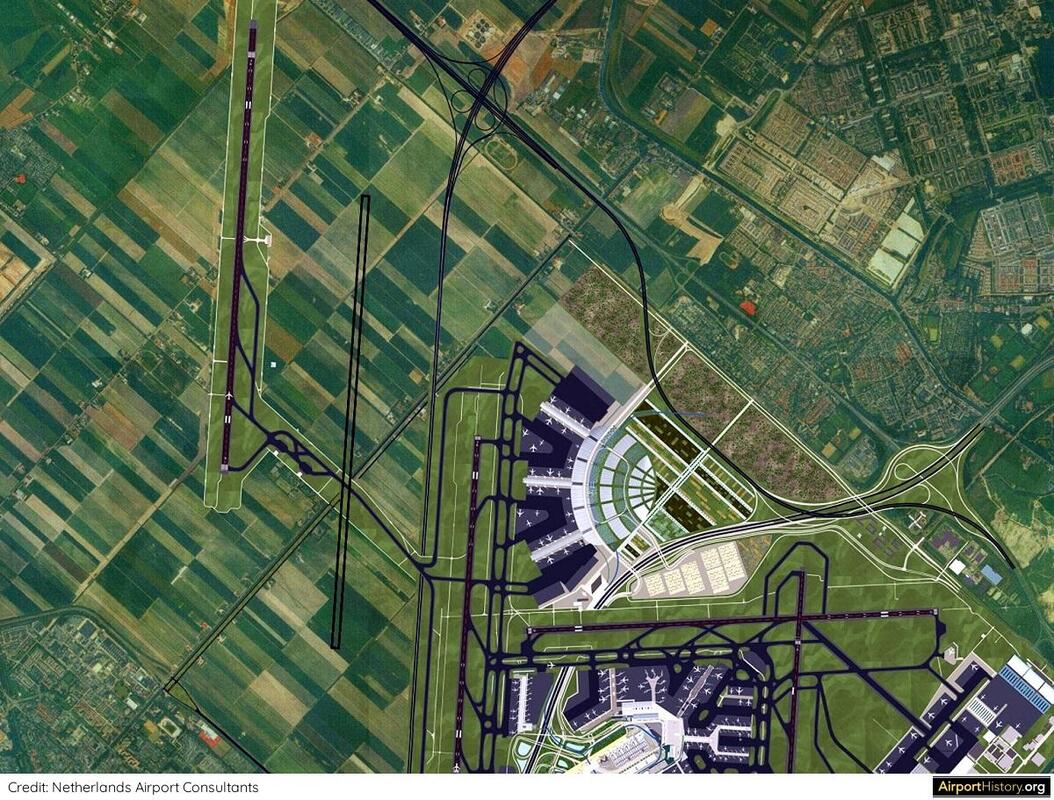
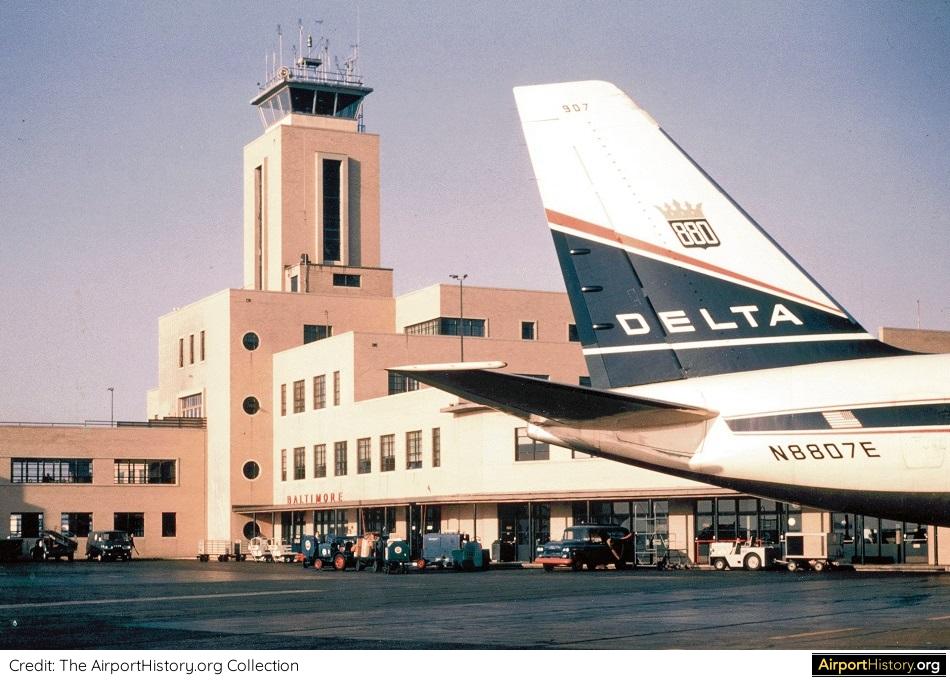
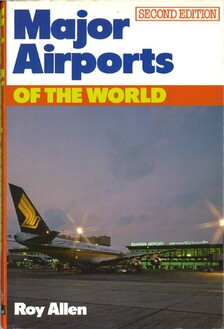
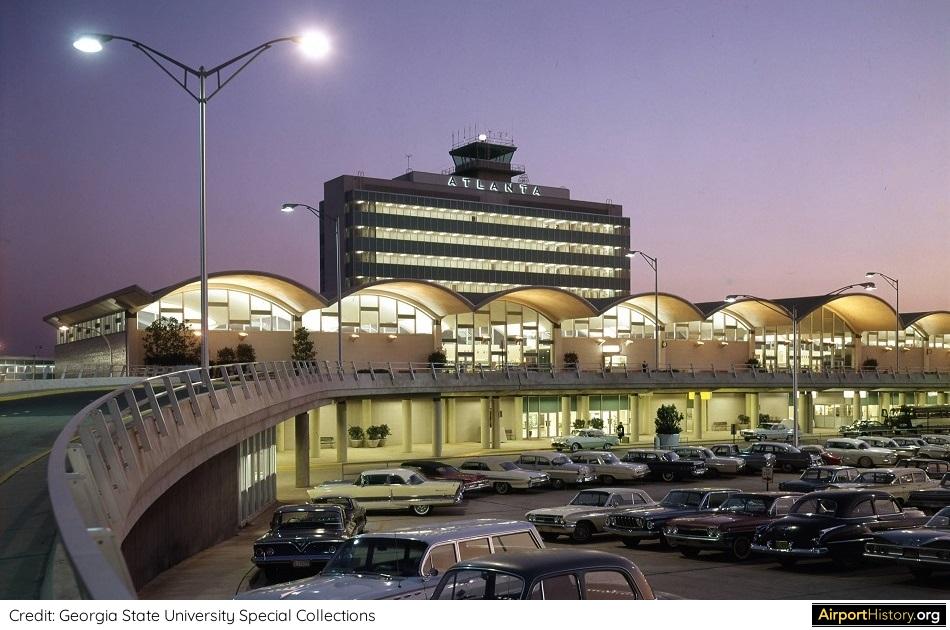
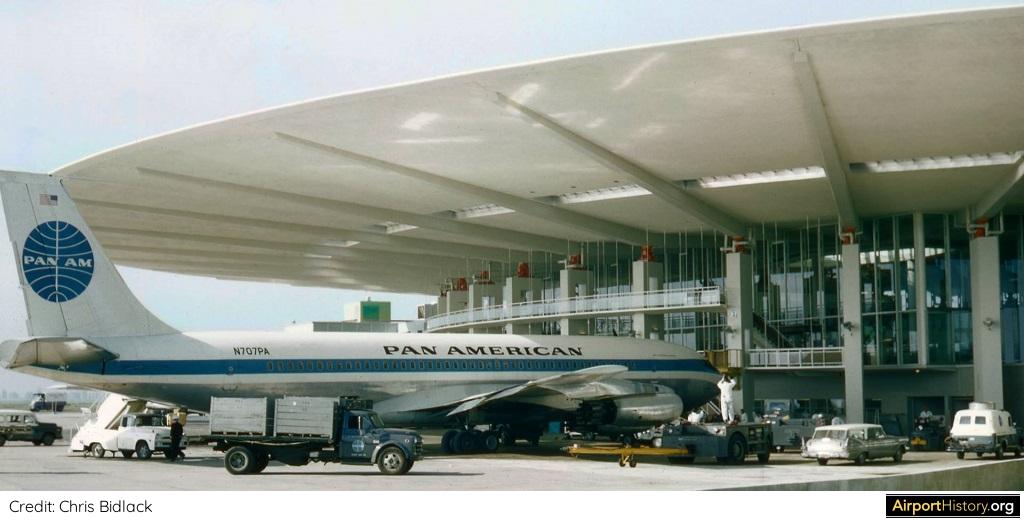
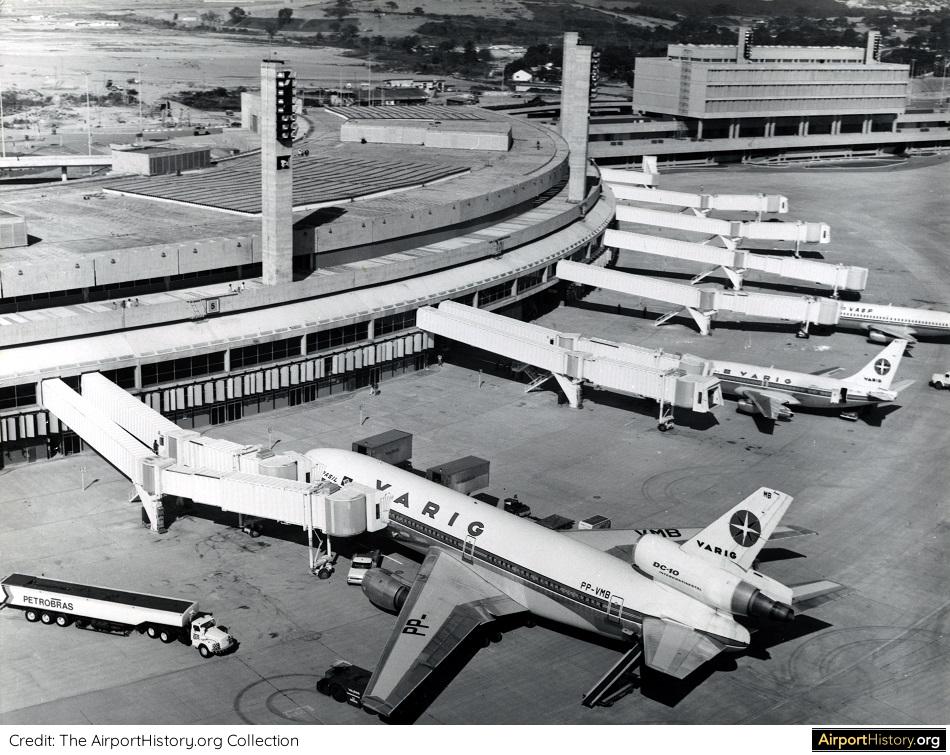
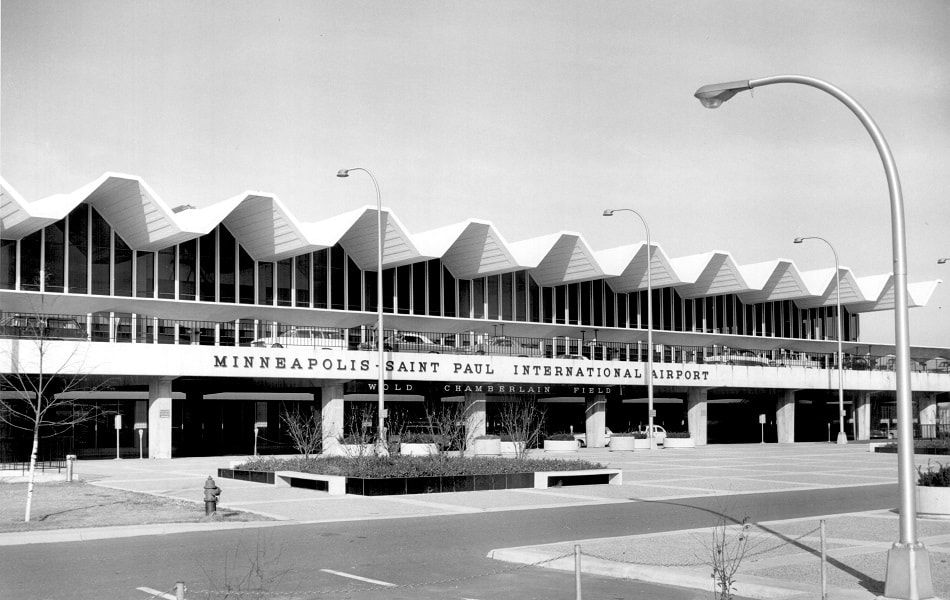
 RSS Feed
RSS Feed